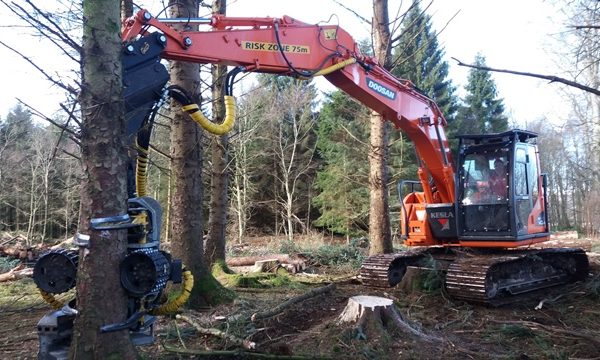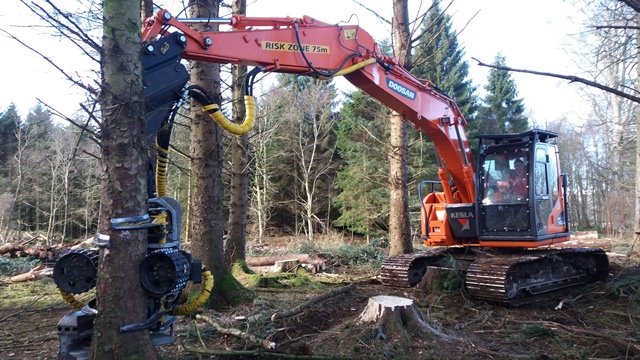Articles
Lungworm Vaccine In Replacement Heifers
Timing of lungworm can be unpredictable so it is difficult to know when to target worming treatments. If outbreaks are not caught early, significant lung damage and secondary bacterial infection can occur and deaths are not uncommon.
Read More >Using Worming Treatments At Grass
If using long-acting wormers in calves at grass over the summer, it is worth knowing how long the products persist for.
Read More >Changes To Animal Transport Authorisation Renewals
The Animal and Plant Health Agency (APHA) is reminding animal transporters that the process for renewal of type 1 transporter authorisations has changed and authorisations are no longer renewed automatically.
Read More >Value Of Slurry This Spring
The financial value of cattle slurry (based on current N, P & K fertiliser straight prices) will be around £30 per load this spring. That is around £3,500/250,000 gallons or 20 x 600kg bags of fertiliser, free!
Read More >Getting It Right
A reminder on the rules concerning the movement of pregnant ewes, tail docking and castration.
Read More >Worms In Sheep: Choosing A Product
There are more than 50 sheep worming products on the market making it impossible to remember them all. Happily you don’t have to as knowing a few facts will go a long way in helping you choose a product.
Read More >Adopt a Crop
Our information provides a unique picture of the major issues affecting crops during the current season and also historically.
Read More >Forest Plans and Woodland Plans (FWN 28)
Most things in life which need to be built or managed require some kind of plan. Forestry is no different. In fact, given the long-term nature of forestry, one of…
Read More >Buying A Breeding Bull
Buying a good breeding bull is a skill like any others in farming. But no matter how good your choice if you handle him badly once you get him home you wont get the best from your investment.
Read More >Malpresentation Births
The real question with all malpresentations, apart from perhaps twins, is why did they occur?
Read More >Sign up to the FAS newsletter
Receive updates on news, events and publications from Scotland’s Farm Advisory Service


